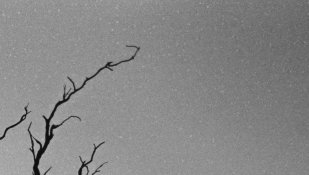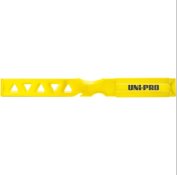So these spots are most visible in featureless mid grey areas. Images were shot in the middle of the day, they're not stars.
My process is in a Jobo CPP2 processor with constant agitation.
D76 mixed with water at 55C and gently stirred until the water is clear.
Straight D76 @18C (process time was 7:30s)
1 min of Indicator stop bath
5 mins of Hypam Rapid Fixer
3 rinses at 30s each in the Jobo processor / drum
5 mins of wash with the Jobo Cascade
1 min final rinse with a 1:200 mix of Photof-flo and de-minearlised water.
Film is squeeged and left to air dry in a dust free room
I've since tried re-fixing them for another 5 mins with fresh fixer, along with another wash/rinse but the spots were istill in the identical places afterwards.
If there is an issue with the chemistry, then why are these spots appearing in a constant agitation process?
My process is in a Jobo CPP2 processor with constant agitation.
D76 mixed with water at 55C and gently stirred until the water is clear.
Straight D76 @18C (process time was 7:30s)
1 min of Indicator stop bath
5 mins of Hypam Rapid Fixer
3 rinses at 30s each in the Jobo processor / drum
5 mins of wash with the Jobo Cascade
1 min final rinse with a 1:200 mix of Photof-flo and de-minearlised water.
Film is squeeged and left to air dry in a dust free room
I've since tried re-fixing them for another 5 mins with fresh fixer, along with another wash/rinse but the spots were istill in the identical places afterwards.
If there is an issue with the chemistry, then why are these spots appearing in a constant agitation process?
Attachments
Last edited:













